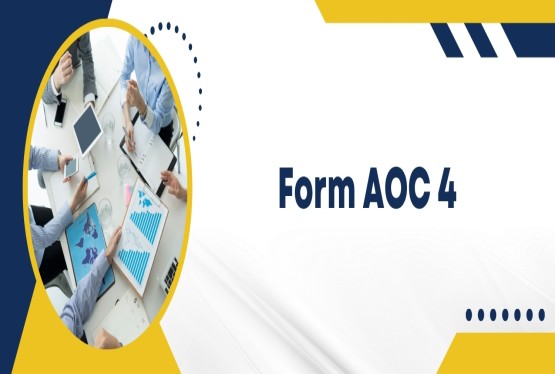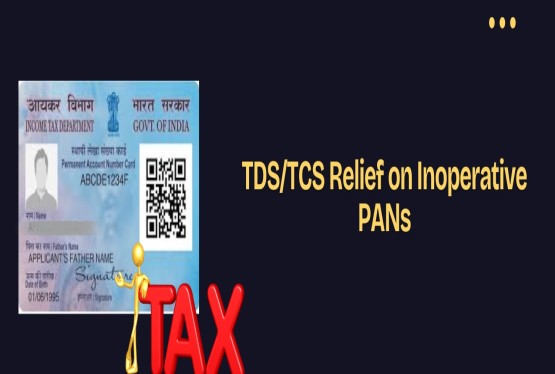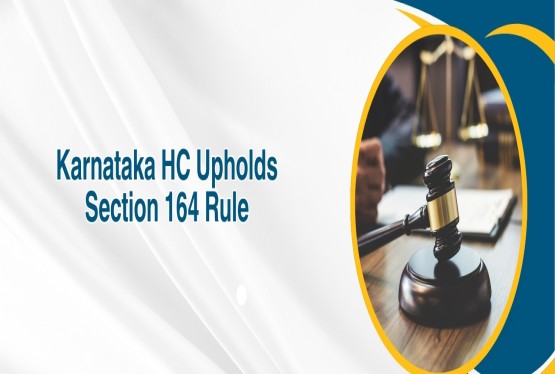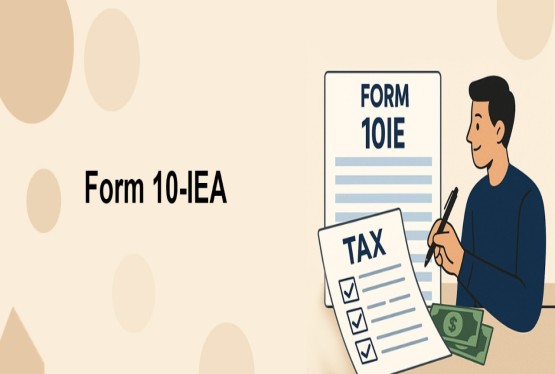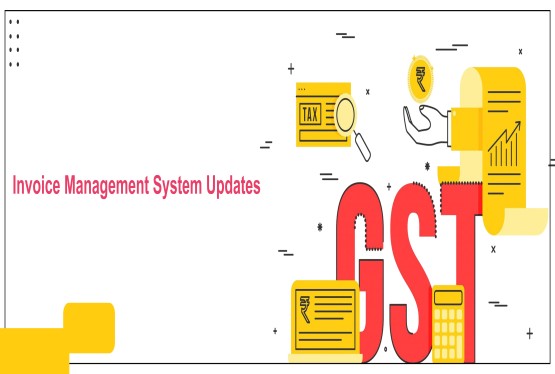Income Tax Returns (ITR)
An Income Tax Return (ITR) serves as an individual's annual financial declaration to the government, detailing earnings, sources of income, and the corresponding tax obligations for the year. It provides a comprehensive overview of one's financial activities over the fiscal period. The act of filing an ITR is not merely a legal requirement but also a significant contribution to national development. With a notable 7.28 crore ITRs filed for Assessment Year 2024-25 by July 31st, 2024, it highlights a growing trend of citizens fulfilling their tax responsibilities. In India, where a small percentage of the population files ITRs, doing so signifies financial stability and directly aids in funding crucial sectors such as infrastructure, healthcare, and education across the country.
Who Needs to File an ITR?
Determining whether you need to file an ITR involves several criteria, going beyond just income levels. Firstly, if your gross income surpasses the basic tax-exemption limit, filing is mandatory. This limit is Rs.2.5 lakhs to Rs.5 lakhs under the old tax regime and Rs.3 lakhs under the new regime. For senior citizens, the threshold is Rs.3 lakhs in both regimes, while for super senior citizens, it's Rs.5 lakhs under the old regime.
Secondly, if you are due a tax refund because the tax deducted at source (TDS) was more than your actual tax liability, filing an ITR is essential to claim this refund, often with interest.
Thirdly, individuals with foreign income or assets are legally obligated to file an ITR for disclosure purposes, irrespective of whether their income falls below the taxable limit. Businesses, whether profitable or incurring losses, must also file an ITR. Furthermore, to carry forward or set off capital or business losses against future income, timely ITR filing is a prerequisite.
Beyond these common scenarios, certain high-value transactions also trigger a mandatory ITR filing, even if your income is below the exemption threshold. These include depositing over Rs.1 crore in a current account, spending more than Rs.2 lakhs on foreign travel, or paying over Rs.1 lakh in electricity bills within a year. Significant TDS/TCS deductions also necessitate filing; if your TDS or TCS exceeds Rs.25,000 (or Rs.50,000 for senior citizens), an ITR must be filed. Lastly, specific financial activities like owning a house, trading in shares, or earning crypto gains may also mandate ITR filing depending on your overall income structure.
Choosing the Right ITR Form
The Income Tax Department provides seven distinct ITR forms, from ITR-1 to ITR-7, each tailored to different taxpayer categories and income profiles. The selection of the correct form depends on your income sources, residency status, business or professional involvement, and whether you are filing as an individual, Hindu Undivided Family (HUF), company, trust, or political party.
-
ITR-1 (Sahaj) is the simplest form, suitable for resident individuals (not HUFs) with a total income up to Rs.50 lakh derived from salary or pension, a single house property, and other minor income sources like interest. It is not applicable for those with capital gains, foreign income/assets, more than one property, or ownership of unlisted equity shares.
-
ITR-2 is designed for individuals and HUFs who do not have income from a business or profession but may have income from salary, multiple house properties, capital gains, and foreign income or assets. This form caters to individuals involved in various investments.
-
ITR-3 is specifically for individuals and HUFs who operate a business or profession, including proprietors, professionals, and partners in a firm. This form is used, especially if they maintain detailed books of accounts or require an audit.
-
ITR-4 (Sugam) is a simplified form for small business owners and freelancers whose income is up to Rs.50 lakh and who opt for the presumptive income scheme. It can also include individuals with basic salary income, one house property, or other income. However, it is not for LLPs or individuals with capital gains, foreign assets, or those requiring an audit.
-
ITR-5 is for firms, Limited Liability Partnerships (LLPs), and other business entities that are not companies but operate as partnerships or associations.
-
ITR-6 is exclusively for companies, with the exception of those claiming exemption under Section 11 (income from property held for charitable or religious purposes), and must be filed electronically.
-
ITR-7 is designated for trusts, political parties, research groups, and other specific organizations with unique filing requirements under particular sections of the Income Tax Act.
Benefits of Timely ITR Filing
Timely filing of your ITR offers numerous advantages, extending beyond mere compliance. A significant portion of taxpayers miss out on potential tax savings by filing late. Firstly, it helps you avoid legal complications and penalties, which can be substantial. Secondly, a well-maintained and timely filed ITR creates a robust financial record, crucial for future financial needs such as applying for loans.
Furthermore, it allows you to access various government schemes and benefits that often require proof of income tax filing. If you are eligible for a tax refund, timely filing ensures quicker processing and receipt of your money. For individuals planning international travel, a consistent record of ITR filing can significantly streamline the visa application process. Most importantly, timely filing enables you to claim legitimate deductions, such as those under Section 80D for health insurance premiums, effectively reducing your overall tax burden and allowing you to keep more of your hard-earned money.
Consequences of Late ITR Filing
Missing the ITR filing deadline can lead to several undesirable outcomes. If you are expecting a tax refund, a late ITR will inevitably delay its processing and receipt. Critically, you will lose the ability to carry forward capital or business losses to offset against future income, essentially forfeiting potential tax benefits. Many government benefits and schemes are contingent on timely ITR filing, and missing the deadline could mean missing out on these perks.
Delayed filing also results in increased tax liabilities due to accrued penalties and interest. For instance, a penalty of Rs.5,000 may be levied for delays, increasing to Rs.50,000 if inaccurate information is submitted. More severe penalties, such as Rs.10,000, can be imposed for non-compliance with departmental inquiries, refusal to provide evidence, or failure to quote PAN/TAN. Interest on unpaid tax will also accrue. The tax department may initiate scrutiny and impose further penalties for late or incorrect filing. Therefore, filing on time is not only a legal obligation but also a financially prudent decision.
The Old and New Tax Regimes for Maximum Savings
Choosing between the Old and New Tax Regimes is a strategic financial decision that can significantly impact your tax savings. Each regime offers a distinct approach to tax relief, and the optimal choice depends on your income structure and available deductions.
Old Regime: Deduction Powerhouse!
The Old Tax Regime is ideal for taxpayers who aim to reduce their tax liability by leveraging various deductions and exemptions. The strategy involves maximizing investments and expenses that qualify for these deductions, thereby lowering taxable income. Key deductions include:
-
Section 80C: A blanket deduction of up to Rs.1,50,000 for investments and expenses like ELSS, FDs, PPF, NSC, education fees, home loan principal repayment, and life insurance premiums.
-
Section 80D: Deductions for medical insurance premiums for self, spouse, children, and dependent parents, with limits varying from Rs.25,000 to Rs.1,00,000 based on age.
-
Section 80CCD: Investment in the National Pension Scheme (NPS), allowing for a deduction of up to Rs.1,50,000 (under 80C) plus an additional Rs.50,000.
-
Section 80E: Unlimited deduction for interest paid on education loans for self, spouse, or children.
-
Section 80EE/80EEA: Specific deductions for interest on home loans for first-time homebuyers, with limits of Rs.50,000 (80EE) and Rs.1,50,000 (80EEA).
-
Section 24: Allows for a deduction of up to Rs.2,00,000 for interest on home loans, in addition to the principal repayment under 80C.
-
Section 80G: Deductions for donations to charities, trusts, and relief funds, ranging from 30% to 100% of the donation depending on the recipient.
-
Section 80GGB/80GGC: 100% deduction for contributions to political parties made via non-cash methods, with 80GGB for companies and 80GGC for individuals.
To maximize benefits under the Old Regime, it is crucial to meticulously gather all investment proofs and expense receipts.
New Regime: Simplicity with Lower Rates!
The New Tax Regime offers a simpler tax structure with lower tax rates but comes with significantly fewer deductions and exemptions. This regime can be advantageous for individuals who do not have many deductions to claim. Notable exemptions under the New Regime include:
-
NPS/EPF Contributions (Employer): Up to Rs.7.5 Lakh per year from employer contributions is tax-free.
-
NPS Withdrawals: 60% of the NPS balance at maturity is tax-free, and partial withdrawals (up to 25% of self-contribution) are also exempt.
-
EPF Interest: Interest on employee contributions below Rs.2.5 lakh per year is tax-free, extending to Rs.5 lakh for employers without PF contributions (since FY 2021-22).
-
Gratuity: Exempt up to a certain limit, and fully exempt if paid upon an employee's death.
-
Post Office Savings Interest: An annual exemption of Rs.3,500 per individual from savings account interest.
-
Life Insurance Maturity: While premiums are not deductible, the maturity amounts are tax-exempt under Section 10(10D).
-
Leave Encashment (Retirement): Up to Rs.3 lakh is tax-free for non-government employees.
-
VRS Payment: Up to Rs.5 lakh received as benefits under a Voluntary Retirement Scheme is tax-free.
-
PPF & Sukanya Samriddhi: Interest and maturity amounts from these schemes are entirely tax-exempt.
-
Allowances for Official Duties: Certain allowances like transport allowance for specially-abled individuals, transportation costs for official purposes, travel expenses on office tours, and daily allowances for out-of-station duties are exempt.
A practical tip for choosing between the regimes is to utilize an online tax calculator to compare your potential tax liability under both options, helping you identify the regime that offers the most savings.
Taking Control of Your Finances
Filing your ITR is more than just a regulatory compliance; it is a vital step towards achieving financial empowerment. When completed accurately and on time, it ensures you claim what is rightfully yours, avoid unnecessary penalties, and establish a clear financial track record essential for future financial goals. Whether you are a first-time filer or refining your tax strategy, make it a priority to file with confidence and ease this year. Sharing this valuable information with others can also help them achieve financial clarity and responsibility.
Frequently Asked Questions (FAQs)
Q1. Who is required to file an Income Tax Return (ITR) in India?
Ans. Anyone whose gross income exceeds the basic exemption limit must file an ITR. This limit varies by age and tax regime (Rs.2.5–5 lakhs under the old regime and Rs.3 lakhs under the new one). Additionally, those with foreign income/assets, business income, capital gains, or high-value financial transactions (like depositing Rs.1 crore+ in a current account or spending Rs.2 lakhs+ on foreign travel) must also file, regardless of income level.
Q2. What are the key benefits of filing ITR on time?
Ans. Timely ITR filing helps you:
-
Avoid penalties and legal issues
-
Claim refunds faster
-
Maintain a credible financial record for loan applications or visa processing
-
Carry forward business or capital losses
-
Access government schemes and subsidies
Q3. How do I choose between the Old and New Tax Regimes?
Ans.
-
Opt for the Old Regime if you have significant deductions (like under Sections 80C, 80D, 24, etc.) to claim.
-
Choose the New Regime if you prefer lower tax rates with minimal deductions and a simplified filing process.
Use an online tax calculator to compare both and see which saves you more.
Q4. What happens if I miss the ITR filing deadline?
Ans. Late filing may lead to:
-
Penalties of up to Rs.5,000 (or Rs.10,000 in serious cases)
-
Loss of tax benefits, like carrying forward losses
-
Delayed refunds
-
Interest on unpaid tax and possible scrutiny by tax authorities
Q5. Which ITR form should I use for filing?
Ans. The correct ITR form depends on your income type and category:
-
ITR-1: Salaried individuals with income ≤ Rs.50 lakh and one house property.
-
ITR-2: For individuals with capital gains or foreign income/assets.
-
ITR-3: Business/professional income.
-
ITR-4: Presumptive income (freelancers, small businesses).
-
ITR-5 to 7: For firms, companies, trusts, political parties, etc.

_learn_crop6_thumb.jpg)






_crop10_thumb.jpg)




































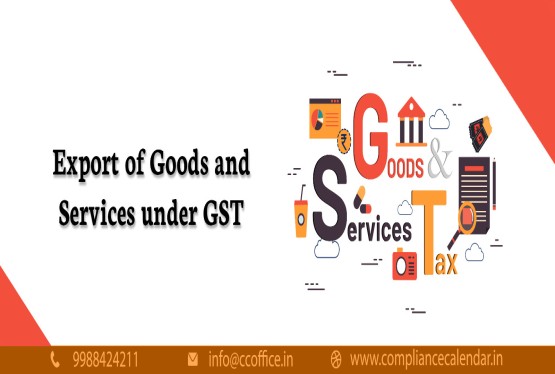













































_for_FY_2025-26_crop10_thumb.jpg)



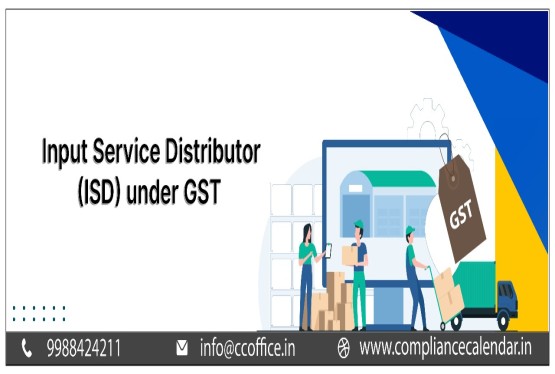








_learn_crop10_thumb.jpg)








_Filing_Due_Dates_for_FY_2024-25_learn_crop10_thumb.jpeg)
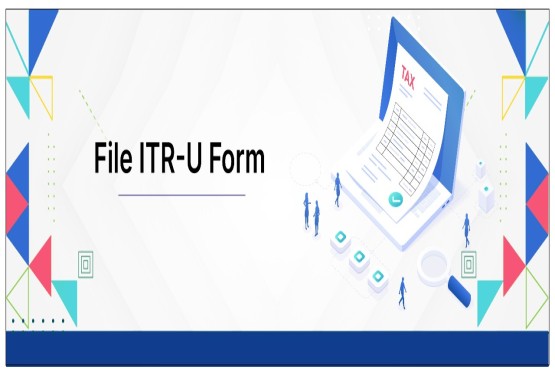

























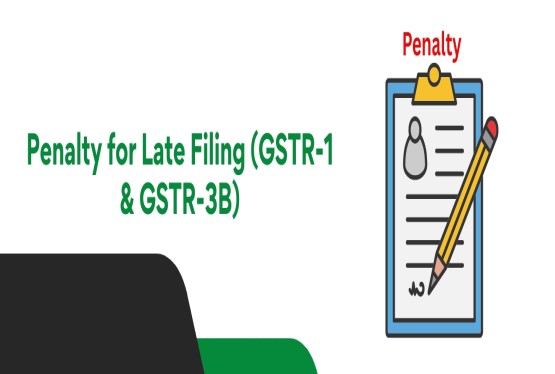












_of_GST_Act_learn_crop10_thumb.jpg)










_Under_GST_learn_crop10_thumb.jpg)









_crop10_thumb.jpg)


_crop10_thumb.jpg)






_learn_crop10_thumb.jpg)






















_of_the_Income_Tax_Act_learn_crop10_thumb.jpg)



_learn_crop10_thumb.jpg)












_crop10_thumb.jpg)




















_in_The_Income_Tax_Act,_1961_learn_crop10_thumb.jpg)



_learn_crop10_thumb.jpg)



_of_the_Income_Tax_Act_learn_crop10_thumb.jpg)

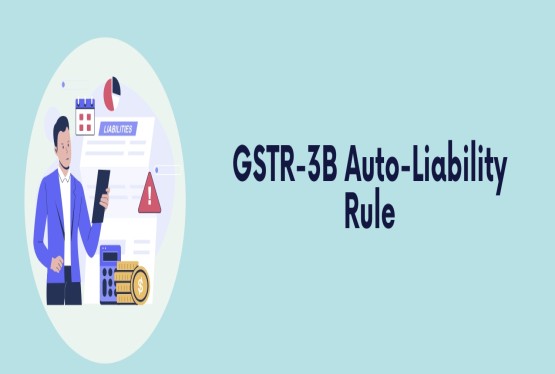
_Of_Income_Tax_Act_learn_crop10_thumb.jpg)








_learn_crop10_thumb.jpg)








_learn_crop10_thumb.jpg)
_crop10_thumb.jpg)

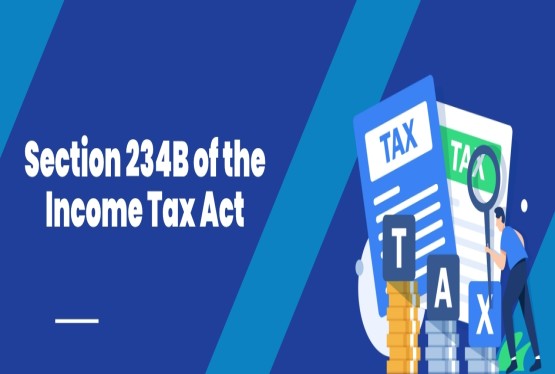




















_learn_crop10_thumb.jpg)
_for_Import_and_Export_learn_crop10_thumb.jpg)









